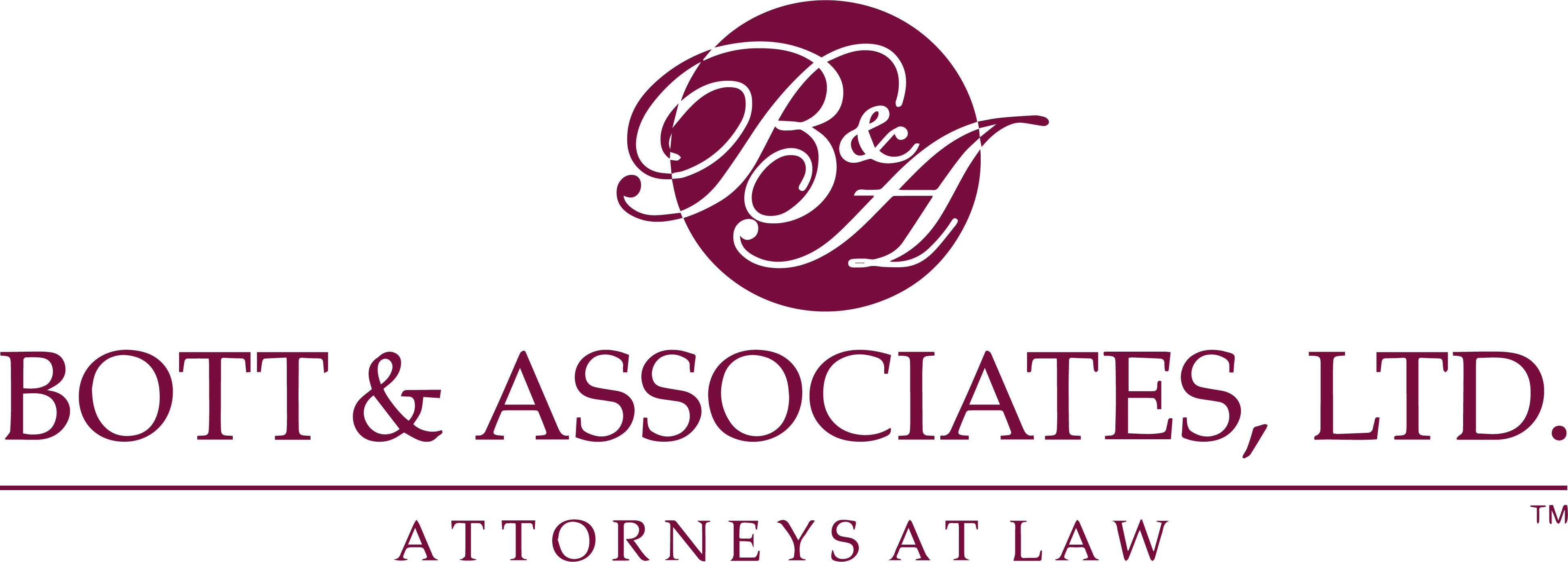Most states have a state income tax in addition to the federal income tax, and in some cases, certain localities have their own income taxes on top of those. Now is a good time to check to make sure you’re up on the rules, which can often change with little notice.
New policy in Colorado
For example, the Centennial State has created a new employee withholding certificate, DR 0004, for 2022. Notes the state department of revenue, “It is not meant to completely replace IRS form W-4 for Colorado withholding, but to help employees in a few specific situations fine-tune their Colorado withholding.”
The new form is not mandatory. If an employee does not fill it out, the employer calculates the Colorado income tax withholding based on Form W-4.
New York is also complex
Although the Empire State has not seen any major policy changes, employees should keep in mind the state’s Form IT-2104, Employee’s Withholding Allowance Certificate. The form’s instructions note that “if you submit a federal Form W-4 to your employer for tax year 2020 or later, and you do not file Form IT-2104, your employer may use zero as your number of allowances.” This may result in an incorrect withholding amount.
Additionally, two municipalities in New York — New York City and Yonkers — have their own income taxes, which you must address in Form IT-2104.
These are just two examples of the wide range of rules and policies each state has. The bottom line? Unless you’re in one of the few states without an income tax, be sure to address the state issues as well as the federal issues. Consult with your Schaumburg financial advisor to make sure your withholding amounts are correct. If you have any questions regarding Illinois state and local tax regulations, consider speaking with a professional from Bott & Associates, Ltd.

